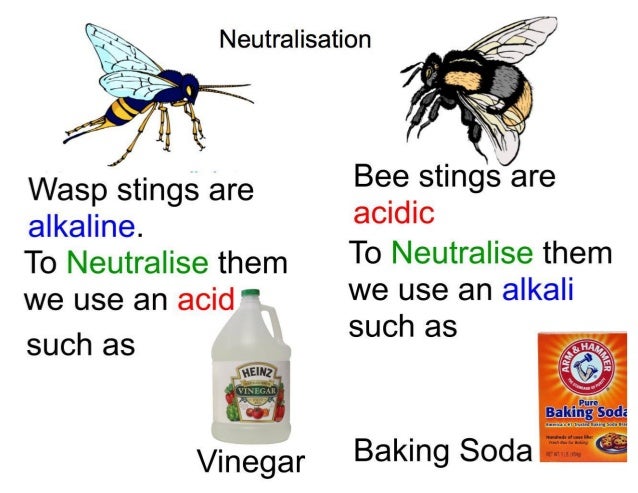

Yellow jackets can safely pull out their stinger from human skin and are therefore fully capable of stinging you multiple times. In fact, the bee often dies after its first sting as its abdomen and rear end gets fatally ruptured in the process. The loss of the stinger ensures the bee can’t bite you again.

Even a single sting can produce a serious reaction in a sensitive individual. Systemic allergic reactions do not depend on the amount of venom injected or the number of stings. Most local allergies can be safely handled at home without much medical intervention however, a systemic allergic reaction is a real medical emergency. Your physician may recommend antihistamines and pain medication to ease the effects of the sting. In some cases symptoms can be extensive, may involve an entire limb and may persist for several days. Local allergic reactions involve pain and swelling. Allergies to venomĪn allergy to Hymenoptera venom can be one of two types: local or systemic. Multiple stings also increase your danger level and warrant the immediate attention of a healthcare professional. Contact your doctor or the Poison Control Center if such a sting occurs, and be prepared to go to the nearest emergency room if breathing becomes difficult. If the sting results in significant swelling, it could lead to airway obstruction (blockage) and trouble breathing.

The parts of the gastrointestinal tract most likely to be affected include the throat or esophagus (food tube) the insect will not be likely to survive the acid environment of the stomach. If you are stung on the neck or throat area, inside your mouth or in the gastrointestinal tract (this commonly occurs when the insect is swallowed along with a beverage), there is a moderate risk for a complication. Your primary concern will be minimizing the symptoms of discomfort, which should resolve in a few hours.

It is normal to experience immediate localized pain, itching, redness and swelling at the sting site. If you experience a single sting anywhere on the trunk or the limbs, the risk of reaction is low. If you are not allergic to Hymenoptera venom, the danger of the exposure will depend on the number of stings and the areas of the body on which you were stung.


 0 kommentar(er)
0 kommentar(er)
